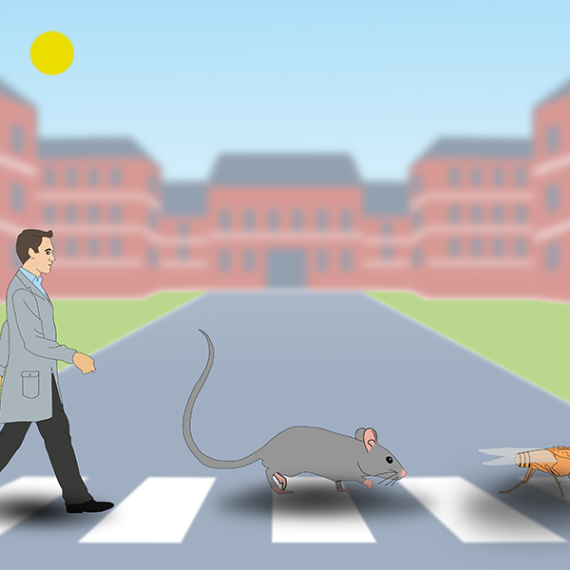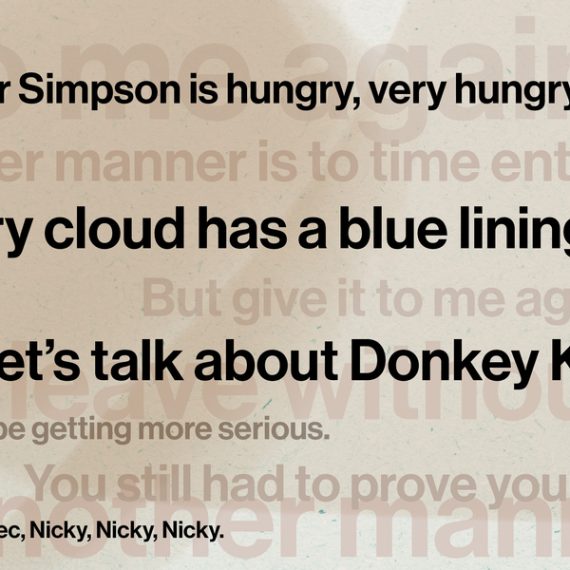Joining the dots in large neural datasets
McGovern Investigator Michale Fee and his team have developed an algorithm that can extract neural sequences linked to particular brain activity.

You might have played ‘join the dots’, a puzzle where numbers guide you to draw until a complete picture emerges. But imagine a complex underlying image with no numbers to guide the sequence of joining. This is a problem that challenges scientists who work with large amounts of neural data. Sometimes they can align data to a stereotyped behavior, and thus define a sequence of neuronal activity underlying navigation of a maze or singing of a song learned and repeated across generations of birds. But most natural behavior is not stereotyped, and when it comes to sleeping, imagining, and other higher order activities, there is not even a physical behavioral readout for alignment. Michale Fee and colleagues have now developed an algorithm, seqNMF, that can recognize relevant sequences of neural activity, even when there is no guide to align to, such as an overt sequence of behaviors or notes.
“This method allows you to extract structure from the internal life of the brain without being forced to make reference to inputs or output,” says Michale Fee, a neuroscientist at the McGovern Institute at MIT, Associate Department Head and Glen V. and Phyllis F. Dorflinger Professor of Neuroscience in the Department of Brain and Cognitive Sciences, and investigator with the Simons Collaboration on the Global Brain. Fee conducted the study in collaboration with Mark S. Goldman of the University of California, Davis.
In order to achieve this task, the authors of the study, co-led by Emily L. Mackevicius and Andrew H. Bahle of the McGovern Institute, took a process called convolutional non-negative matrix factorization (NMF), a tool that allows extraction of sparse, but important, features from complex and noisy data, and developed it so that it can be used to extract sequences over time that are related to a learned behavior or song. The new algorithm also relies on repetition, but tell-tale repetitions of neural activity rather than simplistic repetitions in the animal’s behavior. seqNMF can follow repeated sequences of firing over time that are not tied to a specific external reference time framework, and can extract relevant sequences of neural firing in an unsupervised fashion without the researcher supplying prior information.
In the current study, the authors initially applied and honed the system on synthetic datasets. These datasets started to show them that the algorithm could “join the dots” without additional informational input. When seqNMF performed well in these tests, they applied it to available open source data from rats, finding that they could extract sequences of neural firing in the hippocampus that are relevant to finding a water reward in a maze.
Having passed these initial tests, the authors upped the ante and challenged seqNMF to find relevant neural activity sequences in a non-stereotypical behavior: improvised singing by zebra finches that have not learned the signature songs of their species (untutored birds). The authors analyzed neural data from the HVC, a region of the bird brain previously linked to song learning. Since normal adult bird songs are stereotyped, the researchers could align neural activity with features in the song itself for well-tutored birds. Fee and colleagues then turned to untutored birds and found that they still had repeated neural sequences related to the “improvised” song, that are reminiscent of the tutored birds, but the patterns are messier. Indeed, the brain of the untutored bird will even initiate two distinct neural signatures at the same time, but seqNMF is able to see past the resulting neural cacophony, and decipher that multiple patterns are present but overlapping. Being able to find these levels of order in such neural datasets is near impossible using previous methods of analysis.
seqNMF can be applied, potentially, to any neural activity, and the researchers are now testing whether the algorithm can indeed be generalized to extract information from other types of neural data. In other words, now that it’s clear that seqNMF can find a relevant sequence of neural activity for a non-stereotypical behavior, scientists can examine whether the neural basis of behaviors in other organisms and even for activities such as sleep and imagination can be extracted. Indeed, seqNMF is available on GitHub for researchers to apply to their own questions of interest.




